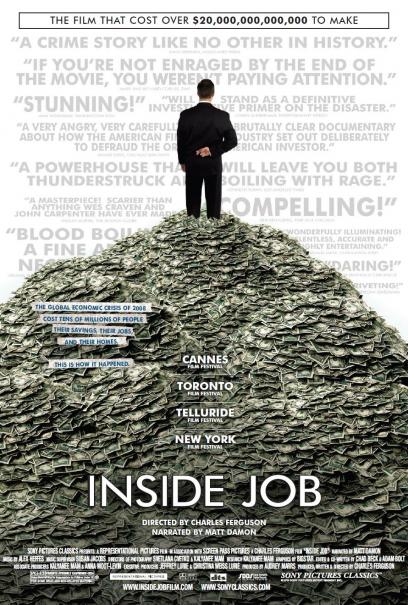Re-enactors, historians, and quilters have started designing two 30-block quilts telling the story of how the War of 1812 affected First Nations and settler families. Quilt patterns will tell the story of how women were involved in the War of 1812. Women on the battlefield helped pass water to the soldiers. In the camps, they were laundresses, seamstresses, and companions to the soldiers. This community project will connect neighbourhoods along Longwoods Road. The Queen’s Highway 2 has a long and interesting history. It is hoped that this project will build interest in the many decades of stories. Owners of heritage barns will soon be approached about sponsoring a “barn quilt” like the ones near Wardsville.
An organizing meeting is being held near Delaware to plan for the Longwoods Barn Quilt Trail. All are welcome to attend a meeting July 6, 2011 at 7 p.m. at the Longwoods Road Conservation Area, 8348 Longwoods Road, near Delaware. Anyone interested in the War of 1812, quilting, painting, and celebrating 200 years of peace with our neighbours to the south is invited to attend the July 6 meeting.
For more information, contact Denise Corneil denisecorneil@creative-communities.ca or 519 693-7002 or Mary Simpson at 519 287-3566 or www.obqt.wordpress.com.

 I started editing a few
I started editing a few 


